Interviews
The day Pearl Harbor was bombed
When I drove to the main street, Pacific Avenue, I never saw this before, but here were soldiers and sailors and they were all trying to hitch a ride to their…well, to their wherever they were billeted. I mean, San Pedro had the Navy and it also had Fort McArthur. But, I thought, “Gee, I’d never seen anything like that.” You know, all the servicemen were hitchhiking. And, I happened to see a classmate of mine—he was from…he’s a Basque, sort of like, Spain—and, he was hitchhiking, too, so I yelled him to come over and I said,
--“What’s happening?” And, he got in the car and I said, “Where should I take you?”
--And then he told me that, “You didn’t hear the news reports and the radio?”
--I said, “No. What’s happening?”
--And he said, “Japan is bombing Pearl Harbor in Hawaii, and so, we’re all on alert.”
And so then, he told me drive him to Fort McArthur, which I did. I was just baffled, I couldn’t believe it—that Japan had attacked Hawaii, or Pearl Harbor.
And then I went to the church, and for the first time I felt strange. All the time before I felt like any other white American, I thought I was just an American. But, when I went to the church, I could just feel the difference, that they were looking at me, not as another American as they have all this time, even my students looked sort of, I don’t know, that they didn’t know what to do and they didn’t know how to act towards me ‘cause I’m Japanese. And since…well, the whole church seemed…well, they didn’t know what to do. And so, they cut the Sunday school time very short. And, what I used to always do is have all the Sunday school kids pile into the car and I would take each one home. And so, even when they all piled in the car it was different, I mean, I guess ‘cause they were all aware that an American territory was being bombed.
Date: June 16, 2003
Location: California, US
Interviewer: Karen Ishizuka, Akira Boch
Contributed by: Watase Media Arts Center, Japanese American National Museum.
Explore More Videos

Awareness of concentration camps as a Japanese American
(1923-2011) Lawyer, MIS veteran, founder of Francis and Sarah Sogi Foundation
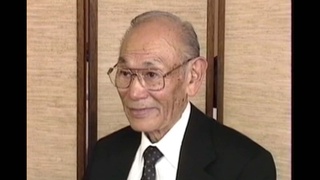
Manhunt
(1919 - 2005) Challenged the constitutionality of Executive Order 9066.

The Final Verdict
(1919 - 2005) Challenged the constitutionality of Executive Order 9066.
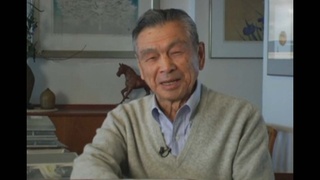
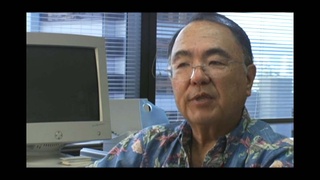
Less information about Hawai‘i in mainland
(b.1944) Founder of Kobayashi Group, LLC
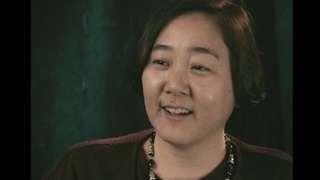
Feeling angry upon reading of Supreme Court case, 'Korematsu v. United States'
(b. 1955) Lawyer
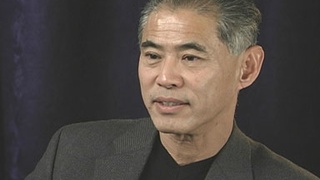
Reasons for conformity and competitiveness in Gardena, California
(b. 1946) Lawyer
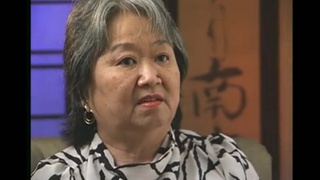
Search of family home by the FBI following the bombing of Pearl Harbor
(1937 - 2021) Teacher


Not recognizing father after reunion at Crystal City, Texas
(1937 - 2021) Teacher

A child's memories of activities at Crystal City, Texas
(1937 - 2021) Teacher
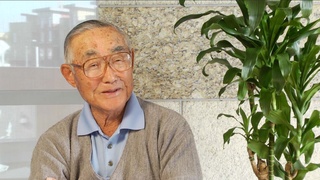
Hearing about Pearl Harbor
(b. 1921) Nisei veteran who served in the occupation of Japan

Japanese American railroad workers are fired following the bombing of Pearl Harbor
(b. 1923) Chick sexer

A racist encounter at a movie theater following the bombing of Pearl Harbor
(b. 1923) Chick sexer

Losing job with railroad because of being Japanese American
(b. 1923) Chick sexer
